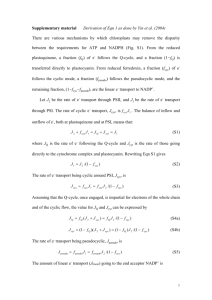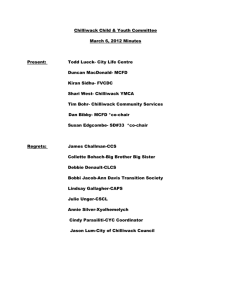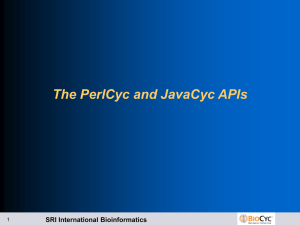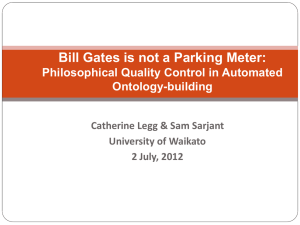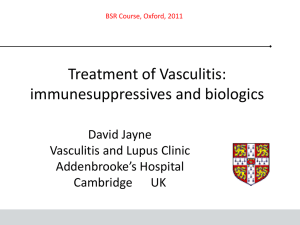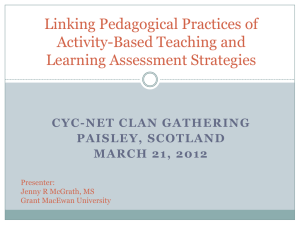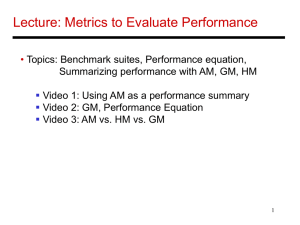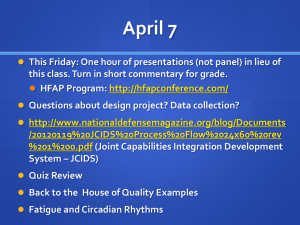openCyc
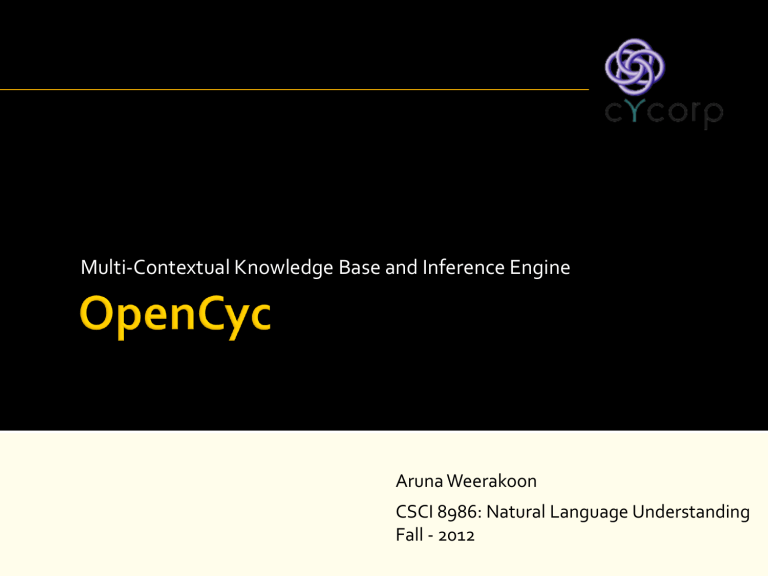
Multi-Contextual Knowledge Base and Inference Engine
Aruna Weerakoon
CSCI 8986: Natural Language Understanding
Fall - 2012
Introduction (What is Cyc?)
The Cyc Technology (What’s in Cyc?)
▪ The Cyc Knowledgebase
▪ The Cyc Inference Engine
▪ The CycL Representation Language
▪ The Natural Language Processing Subsystem
▪ Cyc Semantic Integration Bus
▪ Cyc Developer Toolset s
Cyc Reasoning System
Applications
Cyc in RTE
”Cyc has not only the world's largest knowledge base, but the best represented from a technical point of view." ~ Edward Feigenbaum
"The scale of the Cyc Project elicits awestruck appreciation from supporters and critics alike.“ ~ L.A. Times
"People have silly reasons why computers don't really think. The answer is we haven't programmed them right; they just don't have much common sense.
There's been only one large project to do something about that, that's the famous Cyc project.“
~ Marvin Minsky, MIT
Very large, multi-contextual knowledge base and inference engine.
Founded in 1984 by Stanford professor Doug Lenat (president and founder of the Cycorp, Inc.).
What is the objective of Cyc?
to assemble an comprehensive ontology and Knowledge Base of common sense knowledge.
to codify, in machine-usable form, millions of pieces of knowledge that comprise human common sense.
Example:
▪ “Every tree is a plant” && “Plants eventually die” from which we can infer “All trees die”.
The Cyc technology is made of the following components.
The Cyc Knowledgebase
The Cyc Inference Engine
The CycL Representation Language
The Natural Language Processing Subsystem
Cyc Semantic Integration Bus
Cyc Developer Toolsets
A formalized representation of a vast quantity of fundamental human knowledge : facts, rules, common sense, etc.
Primarily the knowledgebase(KB) consists of a collection of terms and assertions written in Cyc’s logical language, CycL.
Assertions include both simple ground assertions and rules which relate the terms in the collection.
The Cyc KB is divided into many “microtheories(contexts)”.
A microtheory is a way of grouping assertions and rules which share a set of assumptions; about a domain, level of detail, period in time, source, topic, etc.
Why Microtheory?
Maintains local consistency.
▪ Example:
CHILD: Who is Dracula, Dad?
FATHER: A vampire.
CHILD: Are there really vampires?
FATHER: No, vampires don’t exist.
Reduces the search space.
Speed up the inference process.
Cyc KB is being created to hold information that most people would consider to be common sense knowledge.
The idea is to create a KB that would supply the basic knowledge needed to be applicable to many different applications.
By building a KB with this general knowledge, it is hoped that the
KB will be able to learn by itself and be able to tell when it does not have enough information in a particular domain to resolve a problem.
An Inference engine is a computer program that tries to derive answers from a knowledge base.
The CYC inference engine performs general logical deduction
(including modus ponens, modus tollens, and universal and existential quantification)
Uses microtheories to optimize inferencing by restricting search domains.
Includes several special-purpose inferencing modules for handling a few specific classes of inference.
Examples: quality reasoning, temporal reasoning, mathematical reasoning.
Constants (prefix: #$)
Some thing or concept in the world that many people know about and/or that most could understand.
Examples: #$MapleTree, #$BarackO, #$massOfObject
Variables
Case-insensitive identifier prefixes with ?.
Examples: ?X, ?Y, ?TYPE
Predicates
Terms that represent relation types defined in the KB
Examples: #$isa, #$genls, #$maritalStatus
Formulas
An expression of the form (predicate arg1 arg2 …)
Examples:
▪ (#$isa #$Dog #$BiologicalSpecies)
▪ (#$genls #$Dog #$Carnivore)
▪ (#$maritalStatus #$BillClinton #$Married)
▪ (#$colorOfObject ?CAR ?COLOR)
Logical connectors
Examples: not, and, or, implies
▪ (#$and
(#$colorOfObject #$FredsBike #$RedColor) (#$objectFoundInLocation #$FredsBike #$FredsGarage))
Quantifiers
Examples: forAll, thereExists
#$forAll takes two arguments, a variable and a formula in which the variable appears.
▪ (#$forAll ?X (#$implies (#$owns #$Fred ?X) (#$objectFoundInLocation ?X #$FredsHouse)))
Consider the following pair of sentences:
Fred saw the plane flying over Zurich.
Fred saw the mountains flying over Zurich.
Cyc “knows” that:
Planes fly.
People fly in planes.
Mountains do not fly.
Zurich is a city.
The Cyc’s-NL system has three components.
1.
2.
3.
The Lexicon
The Syntactic Parser
The Semantic Interpreter
The Lexicon
Backbone of the NL system.
Contains syntactic and semantic information about English words.
Each word is represented as a Cyc constant.
When Cyc-NL processes an input sentence it first checks the lexicon to assign possible POS es.
The Syntactic parser
Using a number of rules, the parser builds tree-structures, bottom-up, over the input string.
The parser outputs all trees allowed by the rule system, so multiple parses are possible in cases of syntactic ambiguity.
Example:
The Semantic Interpreter
Cyc-NL’s semantic component transforms syntactic parser into CycL formulas.
The output of the semantic component is pure CycL.
Therefore,
▪ A parsed sentence can immediately be asserted in to the KB,
▪ A parsed question can be presented to the SQL generator in order to pose a database query.
For each syntactic rule, there is a corresponding semantic procedure which applies.
Cyc-NL's clausal semantics is basically "verb-driven". Verbs are stored in the lexicon with "templates" for their translation into CycL.
For example, the template for "believe" when followed by a that-clause might look like this: (#$believes :SUBJECT :CLAUSE).
The Cyc system also includes a variety of interface tools that permit the user to browse, edit, and extend the Cyc KB, to pose queries to the inference engine, and to interact with the naturallanguage.
The most commonly-used tool, Cyc’s HTML browser, allows the user to view the KB in a hypertexty way and database integration modules.
HTML pages describing Cyc terms are generated on the fly by the Cyc system.
Each page describes a Cyc term by showing all the assertions in which it is involved, organized according to a standard schema.
Knowledge
Users
Knowledge
Authors
User Interface
(with Natural Language Dialog)
Cyc
Reasoning
Modules
Cyc
Ontology &
Knowledge
Base
Interface to
External Data Sources
External
Data
Sources
Data
Bases
Web
Pages
Text
Sources
Other
KBs
Other
Applications
[1] Cyc 101 Tutorial. Cycorp Corporation, http://opencyc.org/doc/tut, 2002.
[2] About cycorp. Webpage, Cycorp Corporation, http://cyc.com/cyc/company/about
[3] Cycorp. Foundations of knowledge representation in cyc microtheories. In Cyc 101
Tutorial. Cycorp Corporation, http://www.cyc.com/doc/tut/ppoint/Microtheories les/v3 document.htm, 2002.
[4] Cycorp. Survey of knowledge base content. In Cyc 101 Tutorial. Cycorp Corporation, http://www.cyc.com/doc/tut/ppoint/MoreContentAreas les/v3 document.htm, 2002.
[5] Cycorp. Technical report, Cyc.com, http://www.cyc.com, 2012.
[6] OpenCyc. Webpage, OpenCyc.org, http://www.opencyc.org, 2012.
[7] Panton K. et al., Common Sense Reasoning – From Cyc to Intelligent Assistant,
2006.
[8] OpenCyc. Opencyc documentation. Technical report, OpenCyc.org, http://opencyc.org/doc, 2012.
[9] OpenCyc. Opencyc introduction. Technical report, OpenCyc.org, http://www.opencyc.org/cb/welcome, 2012.
[10] OpenCyc. Opencyc java api. Technical report, OpenCyc.org, http://www.cyc.com/doc/opencyc api/java api/, 2012.
[11] Buntain C., The Cyc Knowledge Server CMSC828D Report 1, Department Computer
Science, University of Maryland, 2012.
[12] Cox C., Getting Cyc-ed About Inference, Stanford Univerisity.
